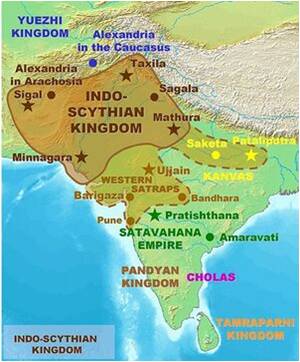
King Harshavardhana
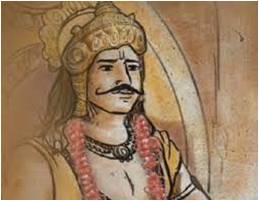
King Harshavardhana was also known as Harsha. He was the son of Prabhakar Vardhana, the founder of the Pushyabhuti Dynasty or the Vardhana Dynasty.
Harshavardhana is considered as one of the most prominent Indian emperors in the 7th century AD
He built a huge empire that extended from north & northwestern India till the Narmada in the South. His capital was Kannauj
Harshavardhana was born in 590 AD to King Prabhakaravardhana of Sthaneshvara (Thanesar, Haryana)..
He was a Hindu who later embraced Mahayana Buddhism.
He was married to Durgavati
King Harshavardhana deeds were praised by Chinese Buddhist traveller Xuanzang in his writings.
After the fall of the Guptas, North India was divided into many small kingdoms.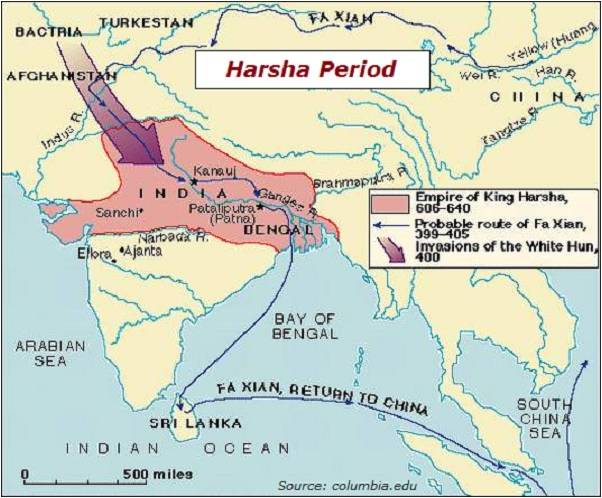
Harsha was able to unite many of them under his command. He had under his control of Punjab and central India. After Sasanka’s death, he annexed Bengal, Bihar and Odisha.
He also defeated the Vallabhi king in Gujarat. (The Vallabhi king and Harsha came to a truce by a marriage between Harsha’s daughter and the Vallabhi king Dhruvabhata.)
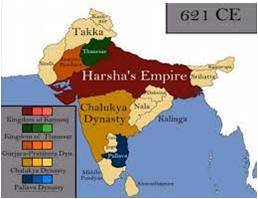
Harsha’s plans to conquer lands to the south were hampered when the Chalukya king, Pulakesin II defeated Harsha in 618-619 A.D. This sealed Harsha’s southern territorial limit as the Narmada River.
Aihole inscription, Karnataka- ’’the mighty Harsha lost his harsha (joy) when he suffered the ignominy of defeat.’’
Hiuen Tsang (Xuanzang)
Hiuen Tsang visited India during Harsha’s reign. He has given a very favourable account of king Harsha and his empire. He praises his generosity and justice.
Set out in 629 CE from China at the age of 29, and passing through Tashkent and Samarkand, reached Gandhara in 630.
Came to study at Nalanda + collect Buddhist texts.
Left India in 643 CE
Spent 8 years (635-643) in the dominions of Harsha and earned his friendship
He returned with, “over six hundred Mahayana and Hinayana texts, seven statues of the Buddha’’
Book = Si – Yu – Ki • Biography = Hui – Li
Harsha and Buddhism
Harsha followed a tolerant religious policy. A Shaiva in his early years, he gradually became a great patron of Buddhism.
As a devout Buddhist he convened a grand assembly at Kanauj to widely publicize the doctrines of Mahayana. The assembly was attended not only by Hsuan Tsang and the Kamarupa ruler Bhaskaravarman, but also by the kings of twenty states and by several thousand priests belonging to different sects.
Two thatched halls were built to accommodate 1000 persons each.
Kannauj Assembly
Harsha organised a Kannauj assembly where he explained doctrines of Mahayana Buddhism, claimed his superiority over others and honoured Chinese pilgrim Huan Tsang
Prayag Assembly
Another of the five yearly assemblies by Harsha, marked by great charity , where he even gave up his cloths as charity
Administration
- On Gupta lines
- Land tax- 1/6th of the produce
- Punishments were cruel
- Nilopitu – Public Records/Archives of administration
Society and Economy
- 4 class varna system + sub castes
- Brahmans given land grants by kings
- Position of women – not very good
- Widow remarriage, swayamvara – not allowed
- Sati and dowry practice were prevalent
- Sharp decline in trade (compared to gupta period)
- Less no. of coins , less merchant guild activity
Sources
- Harshacharita – Banabhatta (Court poet)
- Travel accounts of Hiuen Tsang
- Ratnavali, Nagananda and Priyardarsika- Dramas written by Harsha himself
- Madhuban copper plate inscription
- Sonipat inscription
- Banskhera inscription – contains the signature of Harsha

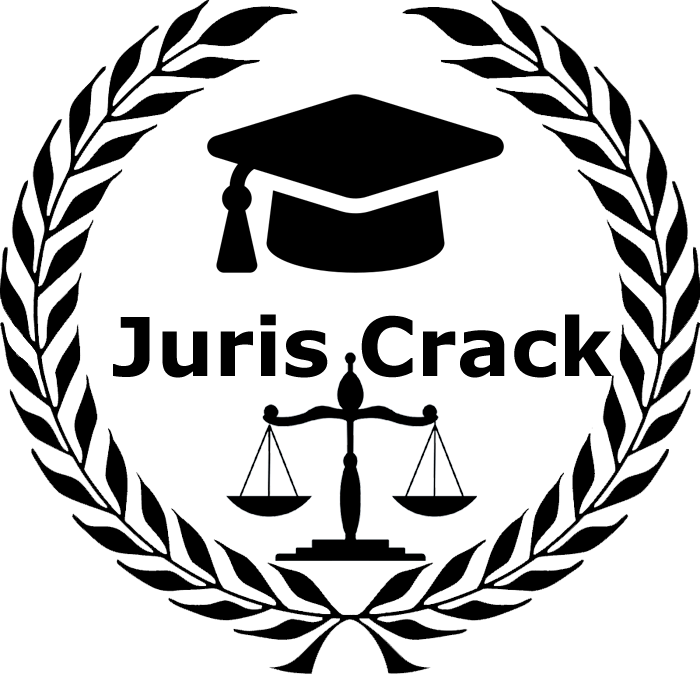




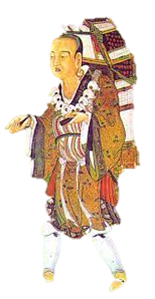
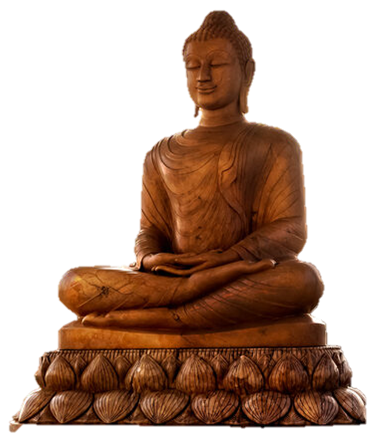



No comment